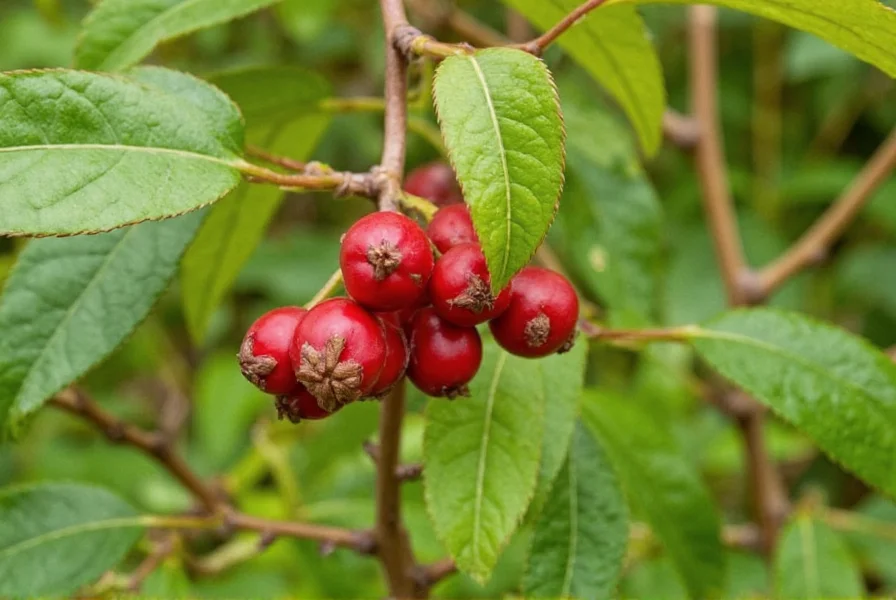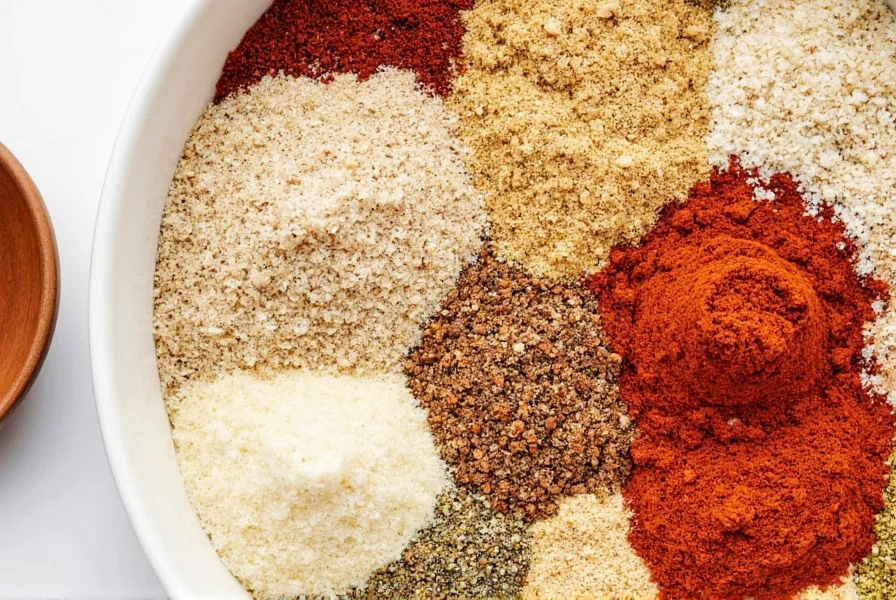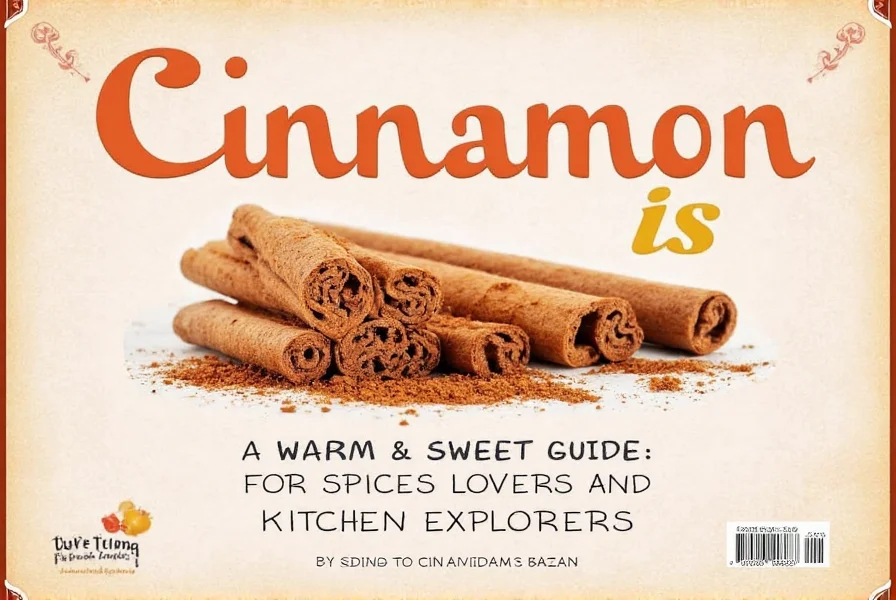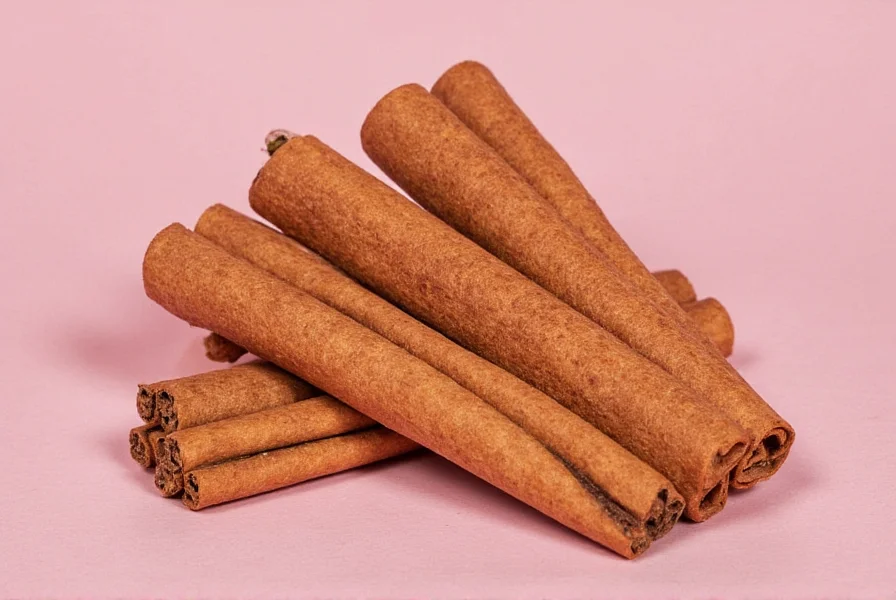Did you know that one tree can produce two distinct commercial spices? The answer is the nutmeg tree (Myristica fragrans), which yields both nutmeg and mace. These two spices, though from the same tree, have unique flavors, uses, and culinary applications. In this article, we'll explore the fascinating relationship between this remarkable tree and its two prized spices.
Table of Contents
- What Is the Tree That Gives Us Two Spices?
- Spice #1: Nutmeg
- Spice #2: Mace
- How to Use These Spices in Your Kitchen
- Buying Guide: Choosing the Best Quality Spices
- Frequently Asked Questions
- Conclusion
What Is the Tree That Gives Us Two Spices?
Believe it or not, the answer lies in a single tree known as Myristica fragrans, commonly called the nutmeg tree. Native to Indonesia's Banda Islands, this evergreen tree has been cultivated for centuries. Here's the fascinating part: while most people think of nutmeg as a single spice, the nutmeg tree actually produces two distinct commercial products—nutmeg and mace.
This might sound confusing at first, but let's break it down. The nutmeg tree's fruit contains a seed (nutmeg) surrounded by a red, lacy aril (mace). Both are harvested separately, dried, and used as distinct spices with unique flavors and culinary applications.

Why This Tree Is So Special
The nutmeg tree isn't just famous for its dual spices—it's also known for its complex aroma and role in both cooking and traditional medicine. Unlike single-spice trees, this plant provides two separate products with different flavor profiles and uses. Understanding where your spices come from helps you make better choices when shopping, cooking, and exploring new recipes. And knowing that one tree gives us two different spices adds a whole new layer of appreciation for nature's ingenuity.
Spice #1: Nutmeg
Let's start with the first spice: nutmeg. This is the seed of the nutmeg tree. When the fruit ripens, the outer fleshy part is removed, revealing the hard seed inside. This seed is then dried to become the nutmeg we know. It has a warm, sweet, slightly nutty flavor with hints of cinnamon and pepper.
Nutmeg is incredibly versatile. It's commonly used in baking, especially in pies, cookies, and spiced drinks like eggnog. It also plays a key role in many Indian, Middle Eastern, and European dishes, where it's used to add warmth and depth to sauces, soups, and meat dishes.

Key Features of Nutmeg
- Flavor: Warm, sweet, nutty with subtle pepper notes
- Texture: Hard seed that's typically ground into powder
- Use Cases: Baking, sauces, soups, beverages
- Best For: Rich, hearty dishes and desserts
Spice #2: Mace
The second spice from the nutmeg tree is mace. This is the red, lacy aril that surrounds the nutmeg seed. When harvested, the aril is carefully removed from the seed and dried to become mace. Unlike nutmeg, mace has a lighter, more delicate flavor with hints of cinnamon and citrus.
Mace is most often used in lighter dishes, such as custards, soups, and fish recipes. It releases its flavor quickly, making it perfect for sauces, gravies, and baked goods where a subtle spice is needed. It's also popular in spice blends for its aromatic qualities.

Key Features of Mace
- Flavor: Lighter, more delicate than nutmeg with citrus notes
- Texture: Thin, lacy, and brittle when dried
- Use Cases: Sauces, custards, light soups, spice blends
- Best For: Subtle flavoring in delicate dishes
How to Use These Spices in Your Kitchen
Now that you understand the difference between nutmeg and mace, it's time to explore how to use them effectively in your kitchen. Here are some practical tips:
Using Nutmeg
- Baking: Add freshly grated nutmeg to pies, cakes, and cookies for a warm, sweet flavor.
- Sauces and Soups: Stir a pinch of nutmeg into béchamel sauce, tomato soup, or creamy pasta dishes for depth.
- Beverages: Sprinkle nutmeg on hot chocolate, mulled wine, or eggnog for classic holiday flavor.
- Meat Dishes: Use nutmeg in meatloaf, meatballs, or sausage recipes for complexity.
Using Mace
- Custards and Puddings: Add mace to crème brûlée, rice pudding, or flan for a delicate spice note.
- Soups and Stews: Use mace in light vegetable soups or fish chowder for subtle warmth.
- Spice Blends: Mix mace with coriander, cumin, and turmeric for curry powders or garam masala.
- Vegetable Dishes: Sprinkle mace on roasted carrots, sweet potatoes, or squash for enhanced flavor.
Remember, both spices are potent—use them sparingly. A little goes a long way in most dishes.

Buying Guide: Choosing the Best Quality Spices
When it comes to buying nutmeg and mace, quality matters. Here's what to look for to ensure you get the best product:
Choosing Nutmeg
Whole nutmeg should feel heavy for its size, have a smooth surface, and emit a strong, sweet aroma. Avoid any that feel light, cracked, or have a musty smell, as these may be old or low quality. Look for nutmeg that's sold whole rather than pre-ground, as ground nutmeg loses flavor quickly.
Recommended Products:
- Whole Nutmeg – Ideal for freshness. Grind as needed for maximum flavor.
- Organic Nutmeg – Perfect for health-conscious cooks. Ensure it's certified organic for purity.
Choosing Mace
Mace should have a vibrant orange-red color (when fresh) and a delicate, fragrant aroma. Avoid any that appear dull, brown, or brittle, as these may have lost potency. Look for mace that's sold in whole blades rather than ground, as whole mace retains flavor longer.
Recommended Products:
- Whole Mace Blades – Excellent for infusing flavor in liquids. Store in airtight containers.
- Fresh Mace – These are usually packaged in vacuum-sealed bags to preserve freshness and aroma.
Whether you choose to buy your spices in bulk or pre-packaged, always check the origin. Nutmeg and mace from Indonesia's Banda Islands are considered the highest quality due to ideal growing conditions.

Frequently Asked Questions
What tree produces two different commercial spices?
The nutmeg tree (Myristica fragrans) is the tree that produces two distinct commercial spices: nutmeg (the seed) and mace (the aril). Both come from the same tree but are harvested and processed differently to create these two unique spice products.
Are nutmeg and mace really different spices?
Yes, though they come from the same tree, nutmeg and mace are considered two distinct spice products. Nutmeg is the hard seed of the fruit, while mace is the red, lacy aril that surrounds the seed. They have different flavors, textures, and culinary applications.
What's the difference between nutmeg and mace?
Nutmeg has a warm, sweet, nutty flavor with pepper notes and is used in richer dishes. Mace has a lighter, more delicate flavor with citrus hints and is better suited for subtle flavoring in lighter dishes. Mace is often more expensive due to its lower yield per tree.
Can I substitute nutmeg for mace in recipes?
Yes, but with adjustments. Generally, use half the amount of nutmeg when substituting for mace, as nutmeg is stronger. However, the flavor profile will differ—mace is more delicate and citrusy, while nutmeg is warmer and nuttier. For best results, use mace in recipes specifically designed for it, like custards or light soups.
Why is mace more expensive than nutmeg?
Mace is more expensive because it's produced in smaller quantities per tree (only about 10-15% of the fruit's weight), requires careful harvesting of the delicate aril, and has a more complex flavor profile. Additionally, mace has a shorter shelf life than nutmeg, making it less commonly available.
How should I store nutmeg and mace to maintain freshness?
Store both nutmeg and mace in airtight containers away from light, heat, and moisture. Whole nutmeg lasts 2-3 years, while whole mace blades last 1-2 years. Ground versions lose potency faster (6-12 months). For maximum freshness, keep them in a cool, dark cupboard rather than near the stove or oven.
Conclusion
In conclusion, the nutmeg tree (Myristica fragrans) is a true marvel of nature, offering two distinct and valuable spices: nutmeg and mace. Understanding the differences between them not only enhances your cooking experience but also deepens your appreciation for the intricate relationship between plants and human culture.
Whether you're a home cook, a professional chef, or simply a curious spice lover, learning about the origins and uses of these spices opens up a world of possibilities. From the warm richness of nutmeg in holiday desserts to the delicate subtlety of mace in creamy sauces, each form has its own place in the kitchen.
So next time you reach for a pinch of spice, take a moment to appreciate the tree that gave it to you. After all, the question "what tree is the source of two commercial spices?" isn't just a riddle—it's a celebration of nature's ingenuity and the endless ways we can enjoy its gifts.











 浙公网安备
33010002000092号
浙公网安备
33010002000092号 浙B2-20120091-4
浙B2-20120091-4